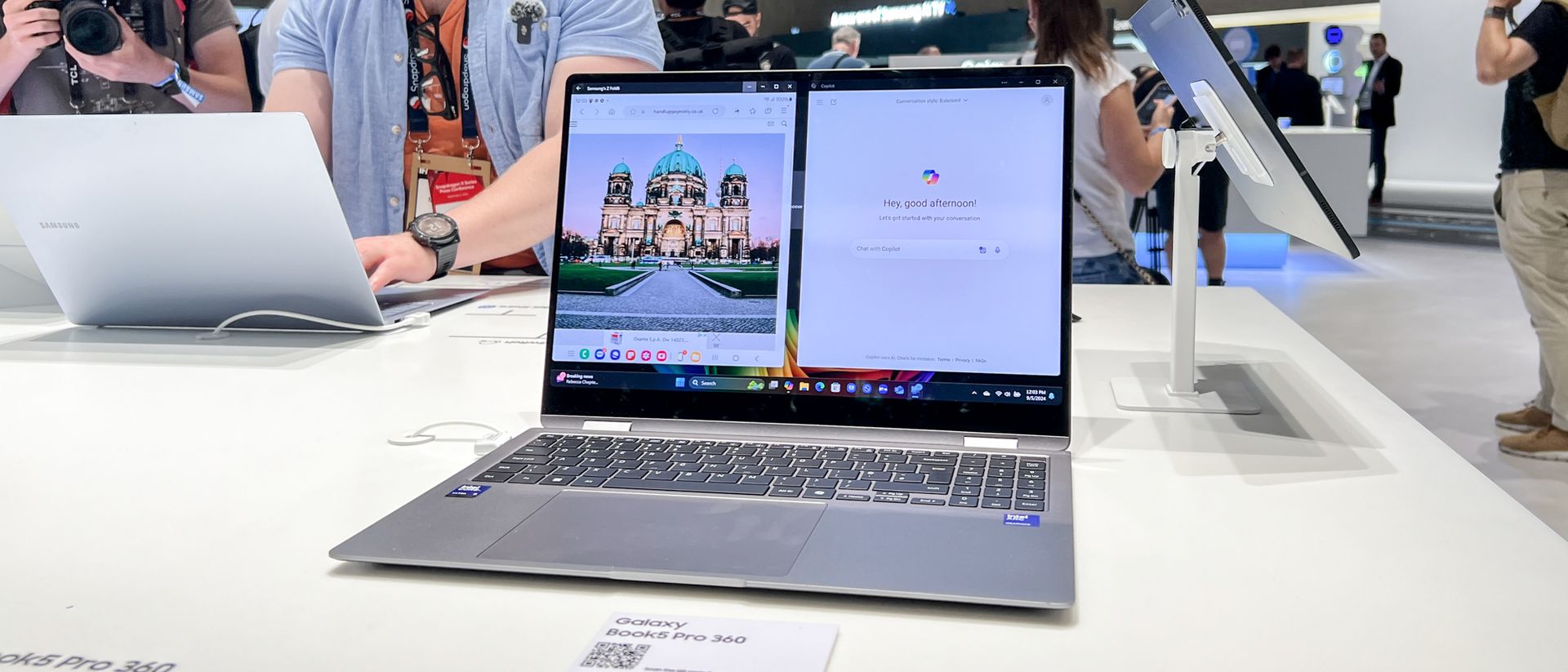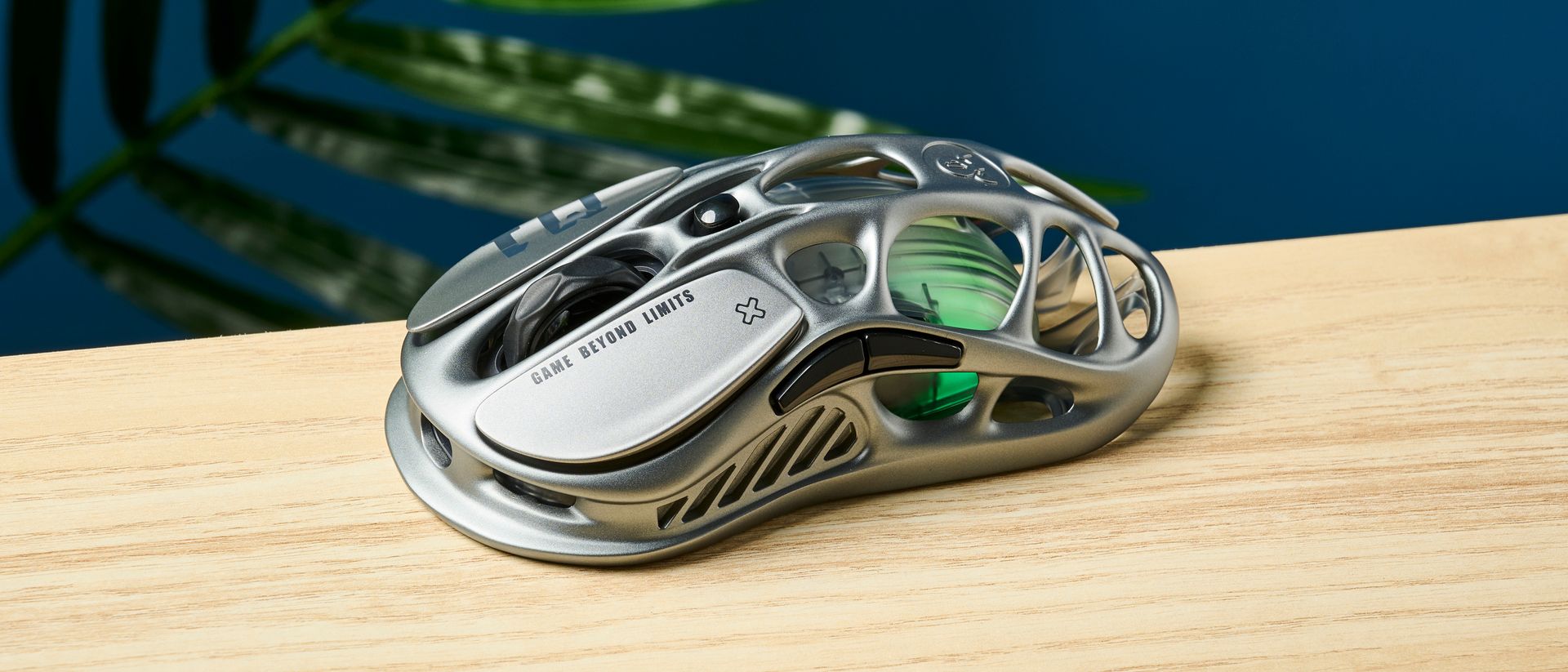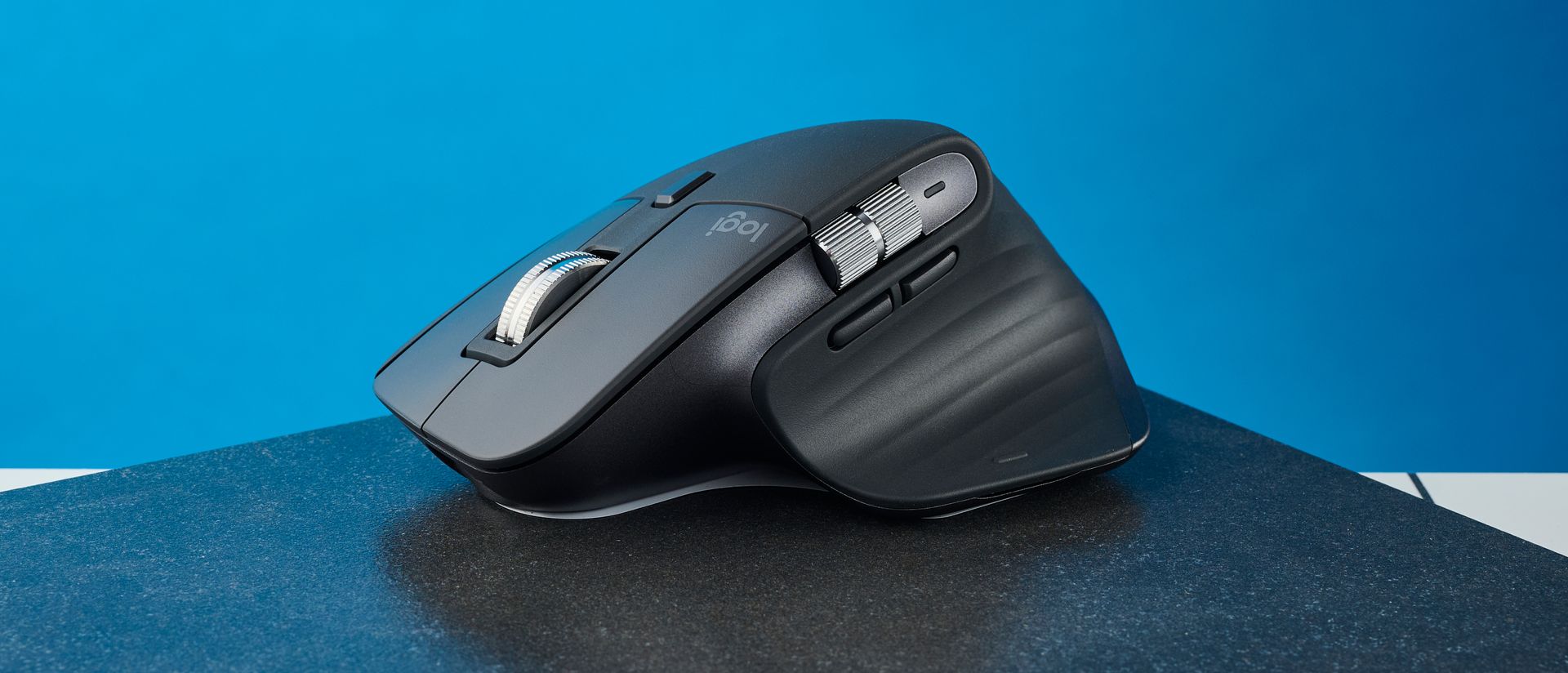
Huawei PC products are also in the ascendant in 2018. The popular Matebook X Pro has brought a variety of innovations, which are obviously different from the traditional OEM brand products. MateBook 13, the new darling of the MateBook family, also continues most of the excellent designs of the former, and has become a popular product of light notebooks with many advantages. This time we will bring you Huawei MateBook 13 i7 version of the experience evaluation, so that you can have a deeper understanding of this “comprehensive screen light notebook computer”.

MateBook 13 adopts metal fuselage design as a whole. Except for B plane, all three sides are made of aluminium alloy. A surface is polished by a whole piece of aluminium alloy material. There is nothing else besides “HUAWEI” Logo. It has a strong sense of unity. A side added exquisite sand blasting technology, the texture of grinding needs careful experience to feel out. MateBook 13’s B-side is obviously visually enjoyable, with only 4.4 mm frames on both sides and narrowing the upper and lower borders, which makes the B-side look more compact, with 88% of the screen.
Appearance: delicate and thin

Performance: One of the strongest light notebooks
MateBook 13’s high-end version uses i7-8565U, which belongs to Intel’s eight-generation Core Processor, like i5-8250U and i7-8550U, which are common in other light and thin books. But the difference is that i7-8565U uses Whiskey Lake 14nm process, and the latter two are Kaby Lake 14nm process. I7-8565U is actually an upgraded version of i7-8550U, with a silent frequency of 1.8GHz, but the single core has a maximum runtime of 4.6GHz, which is 600 MHz higher than i7-8550U and 8MB higher than i7-8550U. The standard TDP design is 15W. It is a processor that takes into account both performance and power consumption.



